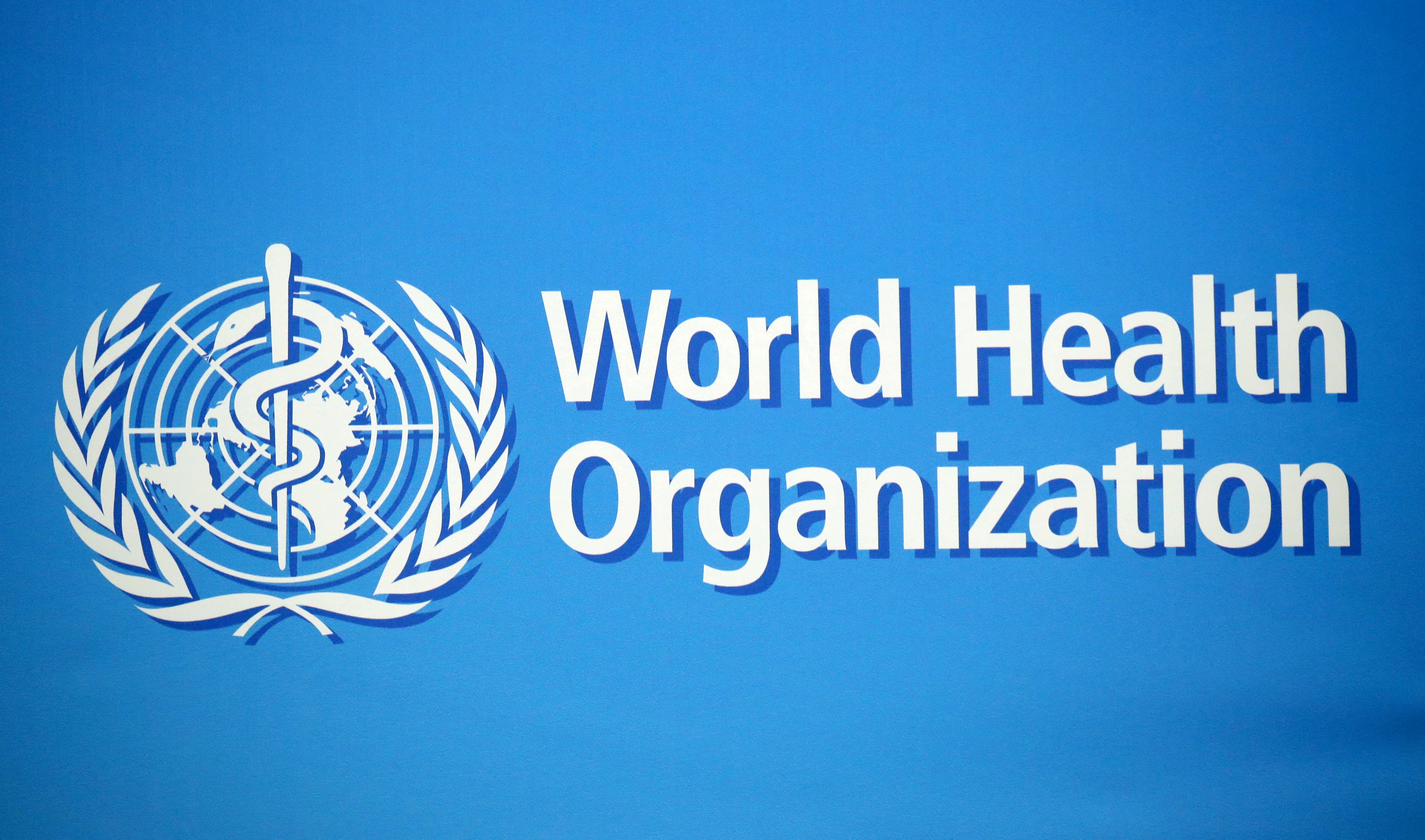WHO caution against the use of e-cigarettes on Thursday, is grounded in scientific evidence, highlighting the potential risks and uncertainties associated with these electronic nicotine delivery systems.

In recent years, electronic cigarettes, commonly known as e-cigarettes, have gained widespread popularity as an alternative to traditional tobacco products. These devices, categorized as electronic nicotine delivery systems (ENDS) or electronic non-nicotine delivery systems (ENNDS), generate aerosols by heating a liquid, which users inhale. While some e-liquids contain nicotine, others boast nicotine-free formulations, often accompanied by additives, flavors, and potentially harmful chemicals.
Hidden Dangers in E-cigarette Emissions

Contrary to the belief that e-cigarettes are a safe alternative, the World Health Organization (WHO) emphasizes the hazardous nature of their emissions. These aerosols, containing nicotine and various toxic substances, pose risks not only to users but also to bystanders exposed to second-hand aerosols. Disturbingly, products labeled as nicotine-free (ENNDS) have been found to contain nicotine, adding to the complexity of the risks associated with these devices.
Impact on Youth and Brain Development
Of particular concern is the impact of nicotine consumption on children and adolescents. WHO highlights the detrimental effects on brain development, potentially leading to long-term consequences such as learning and anxiety disorders. Moreover, evidence suggests that non-smoking minors using ENDS may double their chances of transitioning to traditional tobacco smoking later in life, underlining the highly addictive nature of nicotine.
Health Risks and Uncertainties
While current evidence indicates that ENDS use is harmful, the long-term consequences remain uncertain. Recent studies suggest potential links to heart disease and lung disorders. Pregnant women, when exposed to nicotine through ENDS, may risk similar consequences for fetal brain development. Additionally, accidental exposure of children to e-liquids raises serious concerns, as leakage or ingestion of the poisonous substances can occur.
Regulatory Measures and Global Variances
Acknowledging the risks, WHO emphasizes the need for stringent regulations on ENDS. Over 30 countries worldwide have outright banned these devices, while others regulate them in various ways, such as consumer products, pharmaceutical products, or tobacco products. Where ENDS are not banned, WHO strongly recommends their regulation to prevent initiation among non-smokers and children, restrict advertising, and protect users and non-users from exposure to harmful emissions.
WHO’s Regulatory Objectives
WHO outlines clear regulatory objectives for countries allowing the use of ENDS:
- Preventing Initiation: Restricting advertising, promotion, and sponsorship, along with limiting flavors appealing to children.
- Minimizing Health Risks: Regulating product characteristics to minimize potential health risks to users.
- Protecting Non-users: Prohibiting ENDS use in indoor spaces where smoking is not permitted to shield non-users from exposure.
- Preventing Unproven Health Claims: Implementing measures to curb false health claims associated with ENDS.
- Guarding Public Health Policies: Safeguarding public health policies from commercial and vested interests.
Role of ENDS in Cessation Aid – Inconclusive Evidence
The use of ENDS as a tobacco cessation aid remains inconclusive. The diversity of products and low certainty in many studies make it challenging to determine their potential role at a population level. WHO stresses the importance of relying on tried-and-tested interventions, such as advice from health professionals, quit lines, and mobile text messaging cessation interventions.
Strengthening Global Tobacco Control
To truly assist tobacco users in quitting, governments are urged to implement proven policies and interventions. These include brief advice from healthcare professionals, national quit lines, and cessation interventions through mobile text messaging. Economically feasible options, such as promoting nicotine replacement therapies and non-nicotine pharmacotherapies, are also recommended by WHO.
WHO’s Ongoing Monitoring and Guidance
WHO is committed to continuously monitoring and reviewing evidence related to ENDS and health. The biennial WHO Report on the Global Tobacco Epidemic serves as a vital tool in tracking the status of the tobacco epidemic and recommending interventions. WHO strives to guide governments in creating safer, healthier environments for everyone.
As the global community grapples with varying regulatory approaches, WHO’s recommendations serve as a foundation for building a safer, healthier world for all.